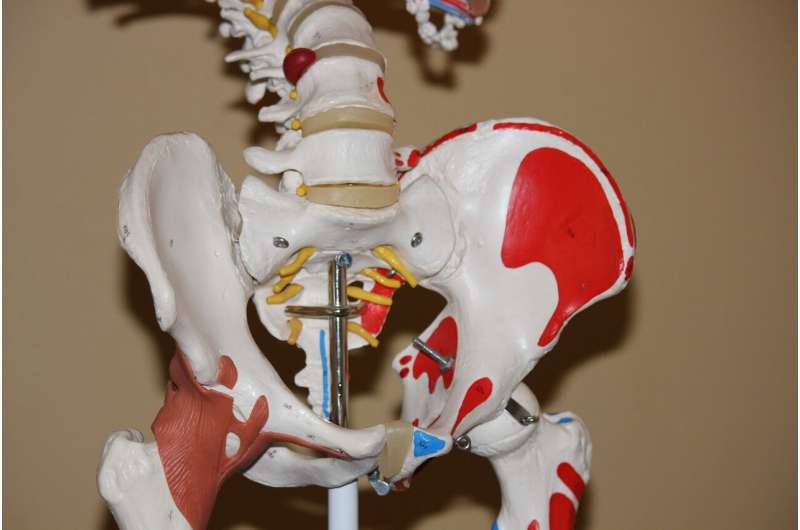
Daniel Wiznia, MD, an orthopedic surgeon with Yale School of Medicine, is practicing a surgical technique designed to render 10% of hip replacements unnecessary. Regenerative properties from a patient’s own stem cells are responsible for regrowing bone, restoring blood flow, and being able to avoid further interventional surgery.
Osteonecrosis, also known as avascular necrosis, occurs in more than 20,000 Americans each year. As the condition progresses, bone cells known as osteoblasts become unable to repair themselves and sustain the integrity of the bone, and ultimately die. The bone deterioration leads to a decrease in blood flow to the area, further weakening the entire skeletal structure of the upper leg. If unaddressed, the ball portion of the hip’s ball and socket joint will cave in on itself and collapse, requiring a total hip replacement.
The fact that patients often receive this diagnosis during their 30s and 40s presents a particular challenge. While the lifespan of hip prosthetics has dramatically increased in recent years, a patient who undergoes a total hip arthroplasty, or total hip replacement, at that age will almost certainly require a revision later in life. This redo of the same surgery at an older age comes with an entirely new set of risks and potential complications, making it that much harder to manage down the road.
The goal in patients with this condition then becomes very clear: prevent the head of the femur (thighbone) from collapsing.
Wiznia, assistant professor of orthopedics and rehabilitation, and of mechanical engineering and materials science, draws from both of those areas of expertise to use 3D imaging technology as part of an innovative joint-preservation procedure. In recent years, he has worked closely with the Yale School of Engineering & Applied Sciences and the Integrated 3D Surgical Team at the Yale School of Medicine to tailor this treatment to each patient. Imaging has proven to be critical to the successful outcome of this surgical technique.
“One of the challenges of orthopedic surgery in the human body is that surgeons are operating in a three-dimensional space and are often reliant on two-dimensional imagery such as X-rays,” Wiznia says. “Through computer modeling, we are able to customize those images and create models that are specific to each patient, which, in turn, enhances outcomes and overall post-operative success rates.”
Wiznia surgically harvests bone marrow from the patient’s pelvis. By using a centrifuge inside the operating room, he is able to isolate and concentrate the individual’s own stem cells. Material containing the stem cells is then injected into the area of bone that has died.
Research has shown that stem cells possess the characteristics and qualities needed for the body to regrow, repair, and regenerate damaged tissue and bone, and according to Wiznia, this treatment dramatically reduces the risk of the head of the femur from collapsing. Soon after the procedure, many patients with avascular necrosis experience rejuvenated blood supply to the area and the bone is repopulated with new cells. This can additionally alleviate the short-term need for a hip replacement.
The major challenge in this patient population is identifying, diagnosing, and performing surgical intervention in time before the collapse. “Because the vascular injury is usually a painless event,” says Wiznia, “patients are generally unaware of the specific point in time when the injury occurred, which is why cases are rarely discovered in time.”
Patients may be encouraged to know that those who have avascular necrosis of the hip generally have it present on both sides, and it can develop on the two sides at different rates. So, even if it is detected too late on one side, there is still a chance to preserve the other.
Source: Read Full Article
